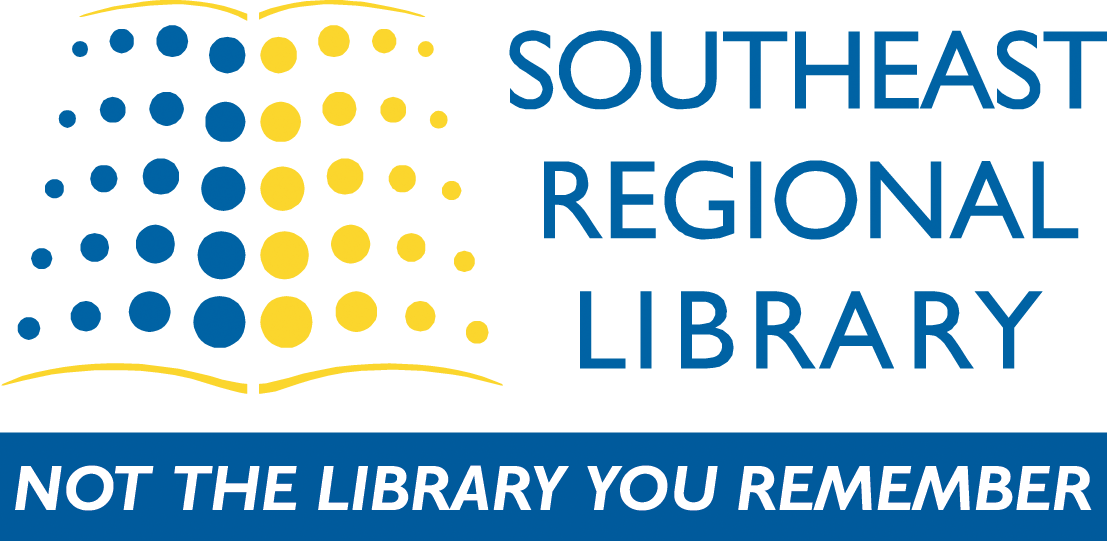The amazing transformation of Jack from grinning pumpkin to mold-mottled wreckage to hopeful green shoot tells the story of decomposition. Features a teacher guide.
Search Results
Simple text and illustrations introduce the characteristics of the major groups of vertebrates: fish, amphibians, reptiles, birds, and mammals.
Describes how seeds are formed, how they grow, what they look like, how they reproduce, and how they make food and provides instructions for related hands-on science projects.
A simple text and color photos follow an eastern box turtle through her day.
Photographs, rhyming text, and gatefold pages illustrate how animals use camouflage to blend in with their natural environments and hide from predators.
Details the life cycles and characteristics of plants that use seeds to reproduce.
Describes the parts of different flowers, their role in the plants' reproduction, how to grow flowers, and how to press them. Includes activities and experiments related to flowers.
An introduction to the life cycles and characteristics of bryophytes, or plants without seeds, such as mosses and ferns.
Describes the physical characteristics, reproduction processes, habitats, and metamorphoses of snails and slugs and provides instructions for related hands-on science projects.
An orphaned deer mouse is found by children, placed in the nest of a white-footed mouse, and raised as part of the white-footed mouse family
Introduces, in simple text and photographs, the feathers or fur of a yellow warbler, porcupine, skunk, white-tailed deer, flying squirrel, owl, and dalmatian.
